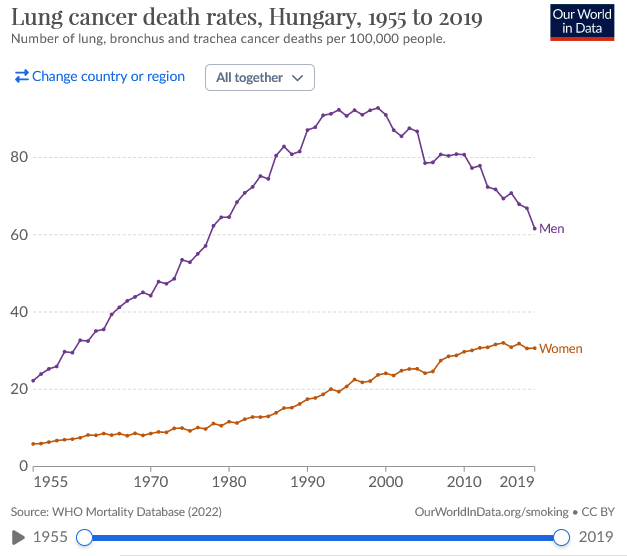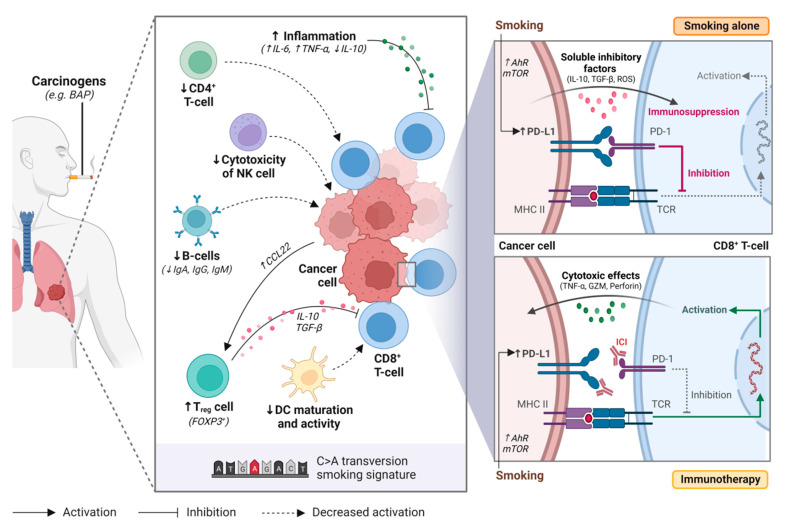I saw a factoid yesterday saying that 800,000 people are killed by passive tobacco smoking.
Yeah, no.
8,000 I’d be prepared to believe, or 800. But not 800,000.
The entire world deaths from lung cancer are only 1.6 million a year.
I had a quick look at the early (mostly pre-1960) medical literature.
In a recent paper, circa 2020, there was a claim that most deaths globally from lung cancer are caused by passive tobacco smoking, which cited author J. Ferlay. I haven’t found the original yet, which may say something quite different.
In the early medical literature I found:
- Tobacco smoke is an effective fumigant. It kills airborne bacteria. So does smoke from incense and smoke from burning hay. This was known as early as the 1690s, when tobacco smoking was made compulsory for students of Eton college to slow down transmission of the plague.
- Tobacco smoke does not cause skin cancer. This was known in the year 1909.
- Giving workers a smoking break at work increases productivity.
- Emphysema is caused by heavy tobacco smoking. It goes away when smoking is stopped, and returns when smoking is resumed.
Unlike cigarettes, marijuana does not come with a tar filter. In order to try to separate out smoking of tobacco from smoking of marijuana, I looked at lung cancer statistics in Jamaica. I’ve visited Jamaica for a month and in that time I saw people smoking marijuana but none smoking tobacco. Of the 250 per million men in Kingston there dying from lung cancer, at least 220 were due to environmental effects rather than genetics.
Any lung damage can lead to lung cancer. Though I don’t see how lung damage can lead to cancer 10 or 20 years later because the entire set of cells lining of the lung is renewed in under seven years.
Possible causes of such lung damage include:
- Smoking tobacco, with or without a tar filter.
- Incense, particularly in places like India.
- Inhaling spices, particularly in places like India.
- Onions.
- Passive smoking of tobacco.
- Smoking of marijuana.
- Soot from diesel trucks.
- Carcinogens in petrol – benzene and toluene.
- Cleaning products chlorine and ammonia.
- Industrial exposure to smoke, other particulates such as cement dust, or airborne acids.
- Pollen.
- Mold.
- Vegetation fibres and chemicals such as terpenes given off by plants.
- Perfume, nail polish remover.
- Clothing and soft furnishing fibres.
- Pet hair.
- Dust containing webs of spiders and mites.
- Bushfires, wood burning heaters.
I saw a report once saying that wood burning heaters in Tasmania were causing lung cancer.
How to separate out the statistics?
How many deaths do you think are caused by passive smoking of tobacco?









